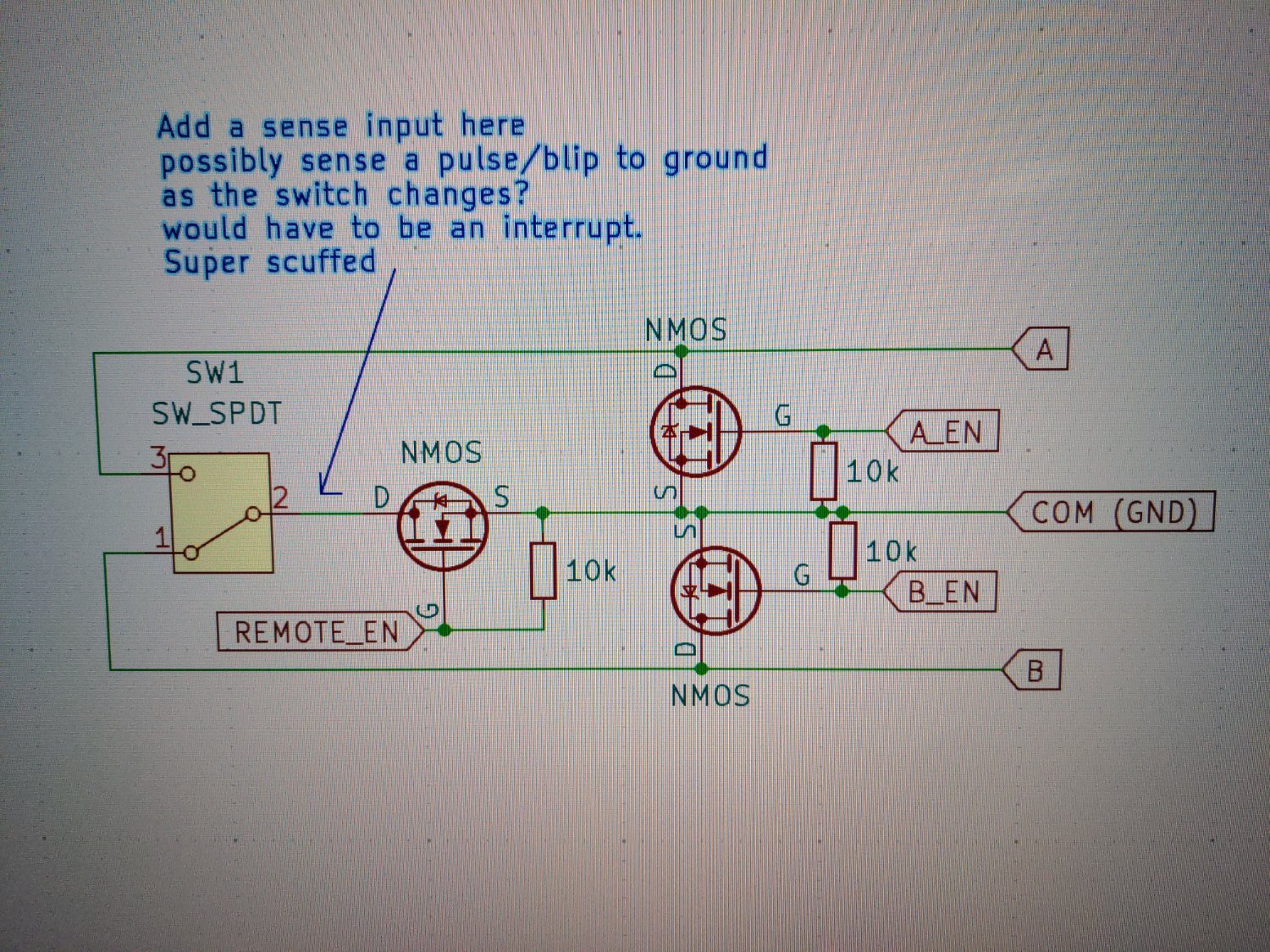The only thing I've seen that automatically toggles a switch is a useless box.
I've been looking for a self-toggling switch off and on for awhile now.
For questions about component-level electronic circuits, tools and equipment.
1: Be nice.
2: Be on-topic (eg: Electronic, not electrical).
3: No commercial stuff, buying, selling or valuations.
4: Be safe.
The only thing I've seen that automatically toggles a switch is a useless box.
I've been looking for a self-toggling switch off and on for awhile now.
well dang. The ones I linked are $35-55 a pop new and the organ I have would need roughly 73 of them lol. Barring a miracle find from someone I'm assuming the touch screen I've been using is there to stay.
You could potentially use servos to toggle regular switches.
But I'd go with the other route: momentary switches, latches, and some kind of indicator. The latches can be driven in parallel by either the momentary switches or your electronics.
RGB keyswitches might be an option for both the switch and the indicator.
Neat idea with the key switches. Could be multiplexed like a keyboard matrix. With smart LEDs and some way to multiplex the output stage as well (or some shift registers), this could be nicely implemented one an esp32 or something.
I just had another thought on this. A servo isn't just a rotational actuator like a motor. It is also an encoder (Potentiometer). It knows what position it is in, and can be back-driven into a different position. You can use a servo as both the physical toggle and as the actuator to flip that physical toggle.
https://learn.adafruit.com/analog-feedback-servos/servos-as-input-devices
You can modify regular servos to break out the wiper; you don't need to purchase a special feedback servo.
This might work with the original parts which would be shockingly nice, I have a few cheap Amazon servos on order to see if they might work
The cheap way of doing it would be momentary switches, electronic latches and indicator lights.
I'll throw my ideas in the ring. Warthog project on YouTube made these magnetic switches 3 years ago. I don't think they're quite what you're after though.
I just drafted this scuffed concept as well. No clue what your control looks like, or if an nmos would even work here (assuming com is ground) but perhaps this could work? It outright disconnects the physical switch to enable the electronic switch to take control. Perhaps you could somehow sense digitally when the spdt switch is toggled?

It would need some changes so it could be pulled to either side but that is the closest framework I’ve seen yet!
You could also consider a type C latching relay and a momentary switch as others have suggested.
Momentary stays disconnected in a middle position, then momentarily goes up or down. You could have that drive the relay coil one way or the other, and perhaps use some LEDs to indicate which side is on or off. You could then digitally drive the relay as well. It does mean you lose the latching of the switch, but its likely far less expensive.
Does your common relay count? You would need to keep it powered tough.